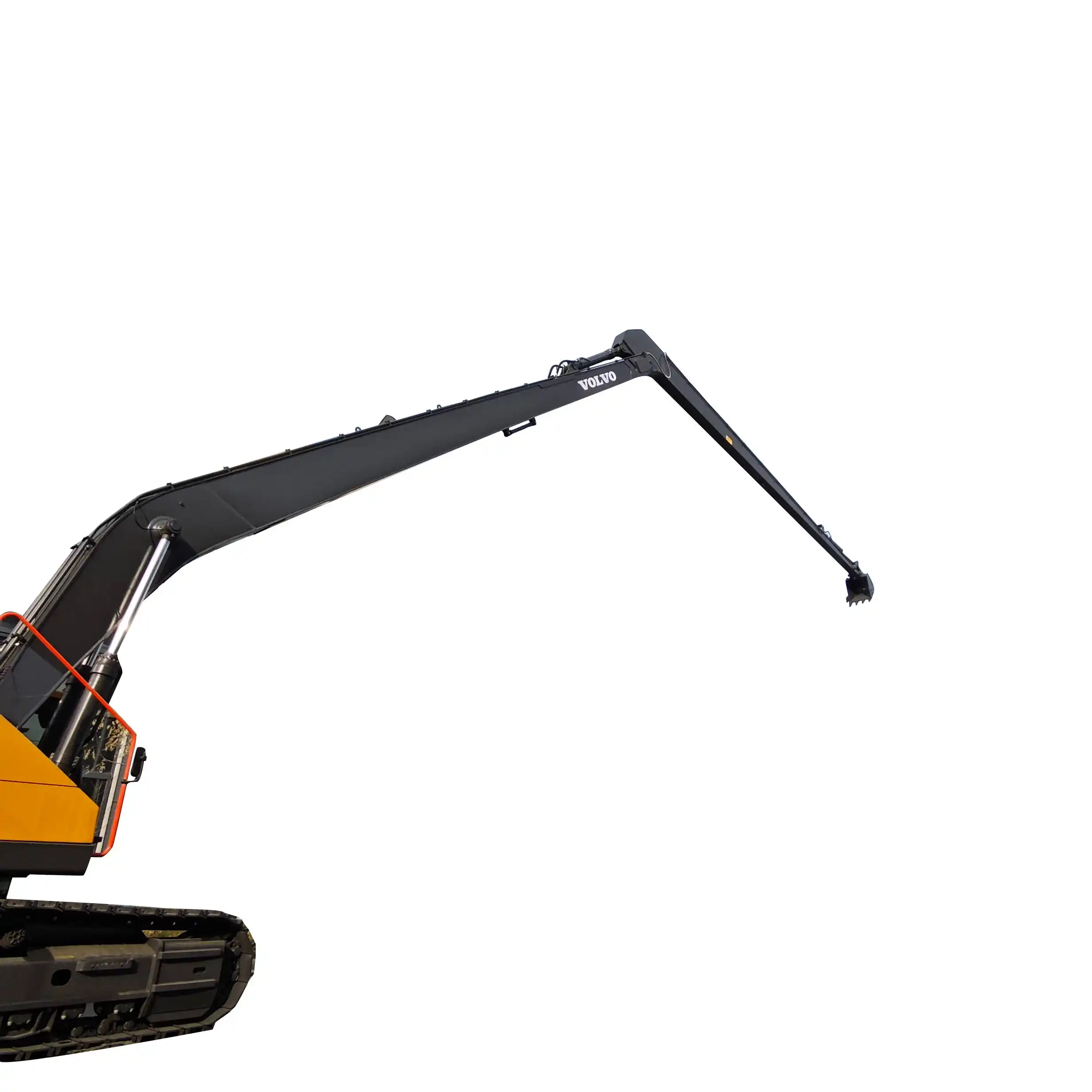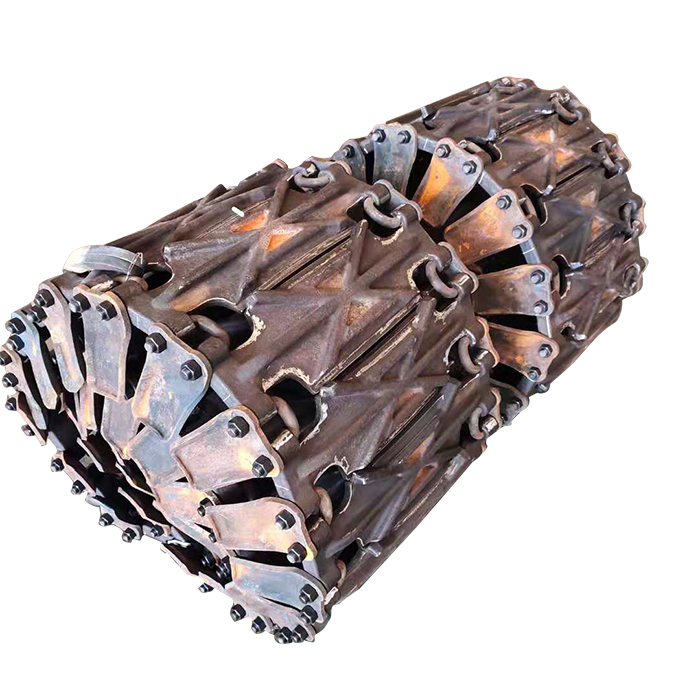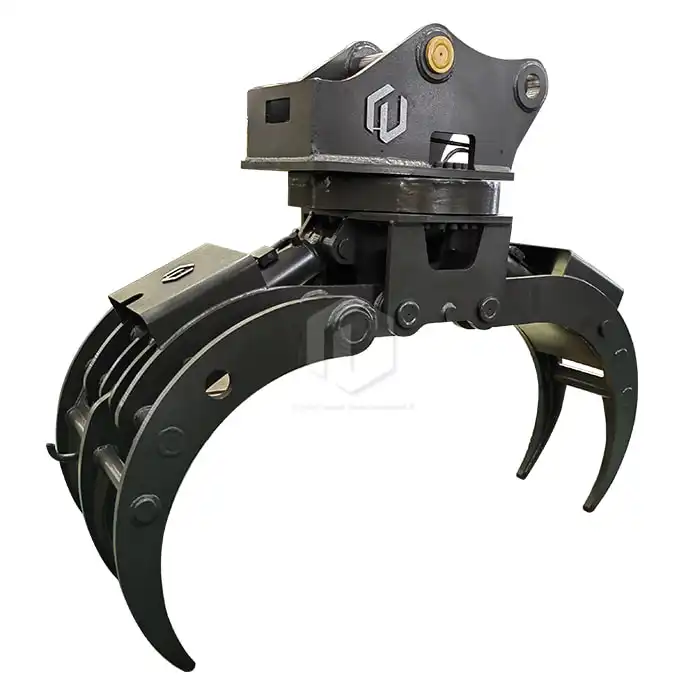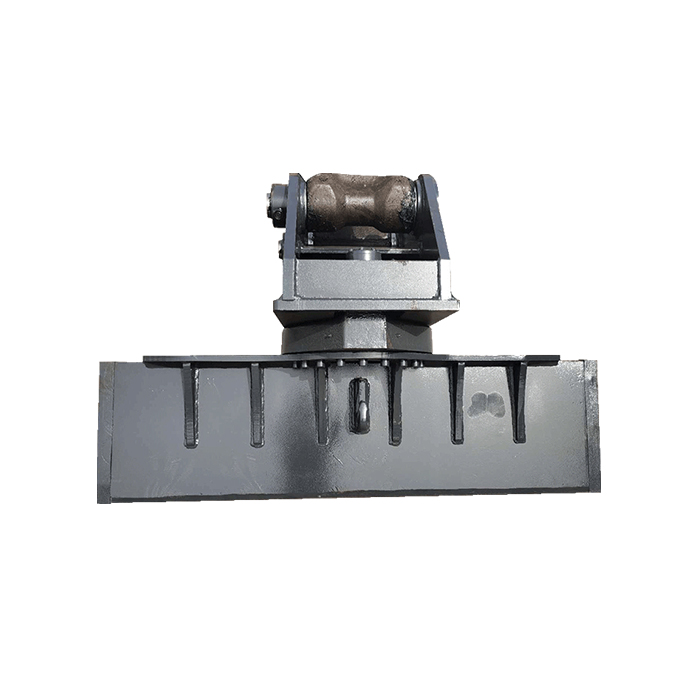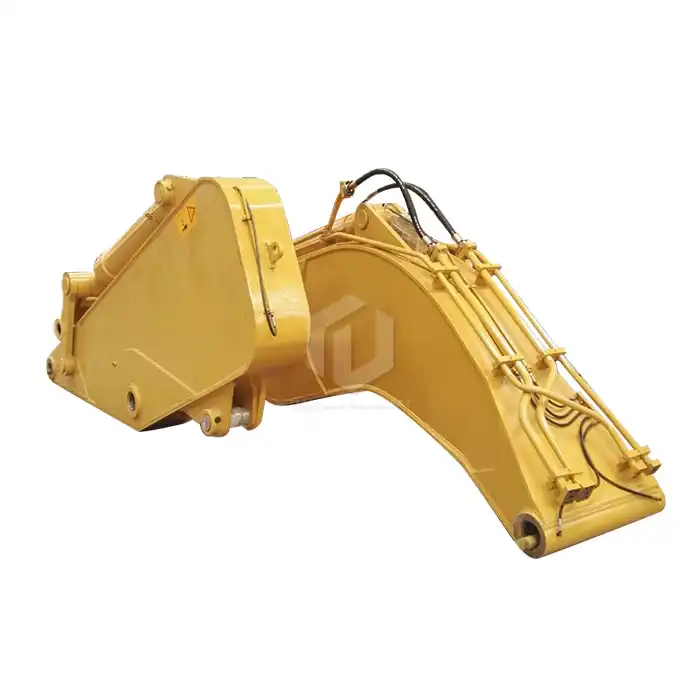What is a railroad ballast car used for?
A railroad ballast car is a specialized freight car designed to transport and distribute ballast materials along railway tracks. These essential vehicles play a crucial role in maintaining the stability, safety, and longevity of railroad infrastructure. Ballast cars feature unique hopper designs that allow for precise and efficient unloading of materials such as crushed stone, gravel, or recycled concrete. By delivering and spreading ballast, these cars help ensure proper track alignment, drainage, and load distribution, ultimately contributing to smoother and safer rail operations.

Essential Functions Of Ballast In Railway Tracks
Providing stability and support for railroad tracks
Ballast serves as the foundation for railway tracks, offering critical stability and support. The angular stones used as ballast interlock with each other, creating a solid base that resists lateral and vertical movement of the tracks. This interlocking action helps maintain proper track geometry, preventing issues like spreading or shifting of the rails under the immense weight and forces exerted by passing trains.
Moreover, ballast acts as a shock absorber, dampening vibrations caused by train movements. This function is particularly important in reducing wear and tear on both the tracks and the rolling stock. By absorbing and dissipating these forces, ballast helps extend the lifespan of railway components and ensures a smoother ride for passengers and freight alike.
Improving drainage and preventing water accumulation
Effective drainage is paramount in railway track maintenance, and ballast plays a vital role in this aspect. The spaces between ballast stones allow water to quickly drain away from the track structure, preventing water accumulation that could lead to erosion, track instability, or frost heave in colder climates. Proper drainage also helps maintain the structural integrity of the track bed by reducing the likelihood of soil softening or washouts.
In areas prone to heavy rainfall or flooding, the drainage capabilities of ballast become even more critical. Well-maintained ballast can significantly reduce the risk of track failures and minimize maintenance costs associated with water damage. This function underscores the importance of regular ballast cleaning and replenishment to maintain optimal drainage performance.
Distributing loads evenly across the track bed
When trains pass over rails, they exert tremendous forces on the track structure. Ballast plays a crucial role in distributing these loads evenly across the track bed, preventing localized stress points that could lead to premature wear or failure. The angular nature of ballast stones allows them to lock together under pressure, creating a stable platform that effectively spreads the weight of passing trains over a wider area.
This load distribution function is particularly important at rail joints and switch points, where dynamic forces can be more pronounced. By ensuring even load distribution, ballast helps maintain track geometry, reduce the occurrence of track defects, and minimize the need for frequent maintenance interventions. The ability of ballast to perform this function effectively highlights the importance of using high-quality materials and maintaining proper ballast depth and compaction.
Types Of Materials Transported By Ballast Cars
Crushed stone: granite, limestone, and quartzite
Crushed stone is the most common type of ballast material transported by railroad ballast cars. Among the various types of stone used, granite, limestone, and quartzite are particularly popular due to their durability and performance characteristics. Granite, known for its hardness and resistance to weathering, is an excellent choice for high-traffic rail lines. Its angular shape promotes excellent interlocking, providing superior stability to the track structure.
Limestone, while softer than granite, offers good drainage properties and is often more cost-effective. It's particularly suitable for areas with less extreme weather conditions or lighter rail traffic. Quartzite, on the other hand, combines the hardness of granite with excellent resistance to chemical weathering, making it an ideal choice for tracks in areas with high humidity or exposure to corrosive elements.
Recycled materials: concrete and slag for sustainability
In recent years, there has been a growing trend towards using recycled materials as ballast, aligning with sustainability goals in the railway industry. Recycled concrete and slag from steel production are two such materials that have gained popularity. These recycled options offer environmental benefits by reducing the demand for new quarried stone and providing a useful application for what would otherwise be waste materials.
Recycled concrete, when properly processed, can provide comparable performance to traditional crushed stone ballast. It offers good drainage properties and can be engineered to meet specific size and shape requirements. Slag, a byproduct of steel manufacturing, has excellent resistance to crushing and abrasion, making it a durable option for ballast. Both materials contribute to reducing the carbon footprint of railway construction and maintenance activities.
Specialized ballast for extreme weather conditions
In regions experiencing extreme weather conditions, specialized ballast materials may be required to ensure optimal track performance and safety. For areas prone to heavy rainfall or flooding, ballast with superior drainage capabilities is crucial. This might involve using larger stone sizes or materials with specific shape characteristics that promote rapid water flow.
In cold climates where freeze-thaw cycles are common, frost-resistant ballast is essential. These materials are selected for their low water absorption properties and resistance to breakdown under freezing conditions. Conversely, in arid regions or areas with high temperatures, ballast that resists thermal expansion and maintains stability under extreme heat is necessary. The use of specialized ballast highlights the importance of tailoring track maintenance approaches to local environmental conditions.

Stabilizing Track Bed
Ballast cleaning and maintenance for optimal performance
Regular ballast cleaning and maintenance are crucial for preserving the track bed's stability and ensuring optimal railway performance. Over time, ballast can become contaminated with fine particles, organic matter, and debris, reducing its ability to provide adequate drainage and support. Ballast cleaning machines, often transported and operated in conjunction with ballast cars, use vibrating screens and other mechanisms to remove these contaminants, restoring the ballast to its original condition.
Maintenance practices also include periodic tamping, which realigns the ballast under the ties to ensure proper track geometry. This process helps maintain the correct track level and alignment, crucial for safe and efficient train operations. Regular inspections are conducted to identify areas where ballast may have shifted or eroded, allowing for timely replenishment or repair.
TianNuo Machinery's advanced ballast car technology
TianNuo Machinery has developed cutting-edge ballast car technology that significantly enhances the efficiency and precision of ballast placement and maintenance operations. Their advanced railroad ballast cars feature high-capacity hoppers with precision-controlled discharge systems, allowing for accurate placement of ballast along the track. These cars are equipped with state-of-the-art sensors and control systems that enable operators to adjust the rate and volume of ballast distribution based on specific track requirements.
One of TianNuo's notable innovations is their remote-controlled unloading system, which allows for precise ballast placement without the need for personnel to be present on the tracks during the operation. This not only improves safety but also increases efficiency by reducing the time required for ballast distribution. The company's commitment to continuous improvement in ballast car design has resulted in equipment that sets new standards for performance and reliability in track maintenance operations.
Efficient ballast placement techniques for track stability
Efficient ballast placement is critical for maintaining track stability and extends beyond simply dumping material along the rails. Modern techniques involve carefully controlled distribution of ballast to ensure uniform coverage and proper depth. This process often begins with a preliminary assessment of the track condition to identify areas requiring more or less ballast.
Advanced railroad ballast cars, like those produced by TianNuo Machinery, allow for precise control over the rate and location of ballast discharge. This precision is crucial for maintaining proper track geometry and ensuring even support along the entire length of the track. After initial placement, specialized machinery is used to profile and compact the ballast, creating a stable and uniform track bed. These techniques not only improve track stability but also optimize material usage, reducing waste and lowering overall maintenance costs.
Railroad ballast cars are indispensable in maintaining the safety, stability, and efficiency of railway networks worldwide. These specialized vehicles play a crucial role in transporting and distributing ballast materials that form the foundation of track beds. From providing essential support and drainage to facilitating even load distribution, the functions of ballast underscore its importance in railway infrastructure. As the industry continues to evolve, innovations in ballast car technology and materials are driving improvements in track maintenance efficiency and sustainability. By understanding the critical role of ballast cars and implementing best practices in their use, railway operators can ensure the longevity and reliability of their tracks, ultimately contributing to safer and more efficient rail transportation systems.
FAQ
1. How often should railroad ballast be replaced?
The frequency of ballast replacement depends on various factors such as track usage, environmental conditions, and maintenance practices. Generally, ballast may need to be replaced or replenished every 15 to 30 years, but high-traffic areas may require more frequent attention.
2. Can ballast cars be used for other materials besides stone?
Yes, ballast cars can transport various materials, including recycled concrete, slag, and other aggregates suitable for track bed construction and maintenance.
3. How do ballast cars contribute to environmental sustainability in railway maintenance?
Ballast cars equipped with precision unloading systems help reduce material waste and allow for the use of recycled materials, contributing to more sustainable railway maintenance practices.
4. What safety features are incorporated into modern ballast cars?
Modern ballast cars often include features like remote-controlled unloading systems, automated load distribution sensors, and safety interlocks to prevent accidental discharge during transport.
5. How does the choice of ballast material affect track maintenance costs?
The choice of ballast material can significantly impact maintenance costs. Durable materials may have a higher initial cost but can reduce the frequency of replacement and maintenance, potentially lowering long-term expenses.
China Railroad Ballast Car Manufacturer
TianNuo Machinery stands at the forefront of railroad ballast car manufacturing in China, offering a comprehensive range of railway maintenance equipment. Their product line includes not only advanced ballast cars but also railway sleeper changing machines, screening machines, and tamping machines. TianNuo's ballast cars are engineered with high-strength steel and feature a bucket capacity of 5.5m³, measuring 3300mm in width, 1500mm in height, and 1850mm in depth. These cars are designed for efficient ballast leakage on both sides and at the bottom, ensuring precise material placement. In addition to ballast cars, TianNuo Machinery produces a wide array of excavator modification equipment and accessories, catering to diverse needs in the railway construction and maintenance sector. For inquiries about their equipment, interested parties can contact us at arm@stnd-machinery.com.
References
- Federal Railroad Administration: Track Safety Standards (2021 Edition)
- American Railway Engineering and Maintenance-of-Way Association: Manual for Railway Engineering
- TianNuo Machinery Official Product Catalog (2023)
- Journal of Rail and Rapid Transit: "Advances in Ballast Management and Track Stability" (Vol. 235, Issue 2)
- International Union of Railways: Ballast Management Best Practices Guide
- Railway Track Engineering (5th Edition) by J.S. Mundrey
About Author: Arm
Arm is a leading expert in the field of specialized construction and railway maintenance equipment, working at Tiannuo Company.

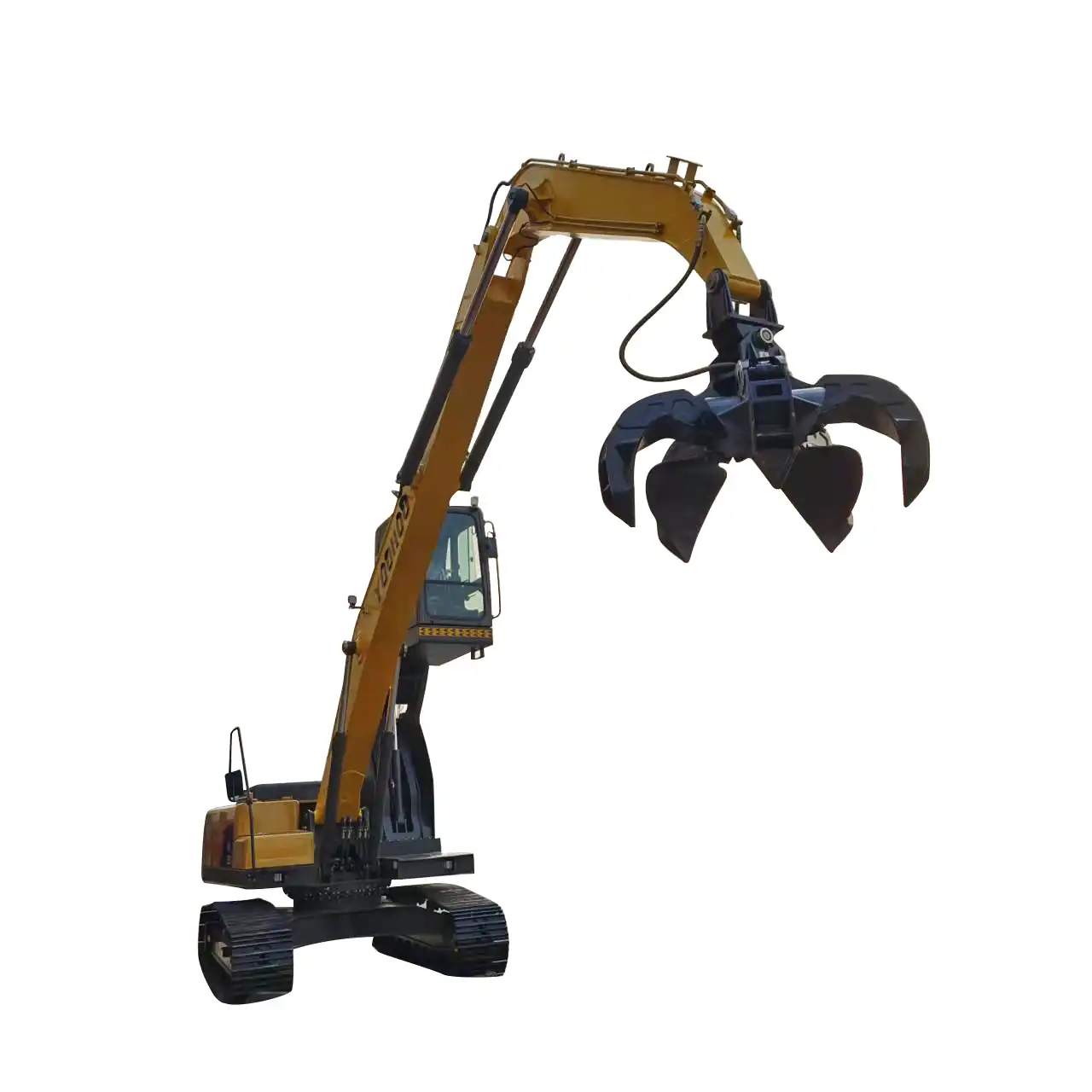
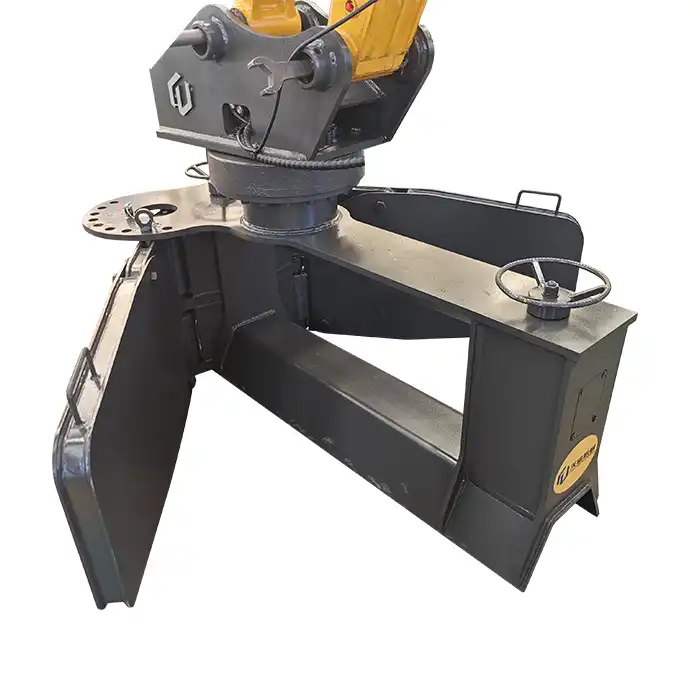
 (1)_1759821044914.webp)
